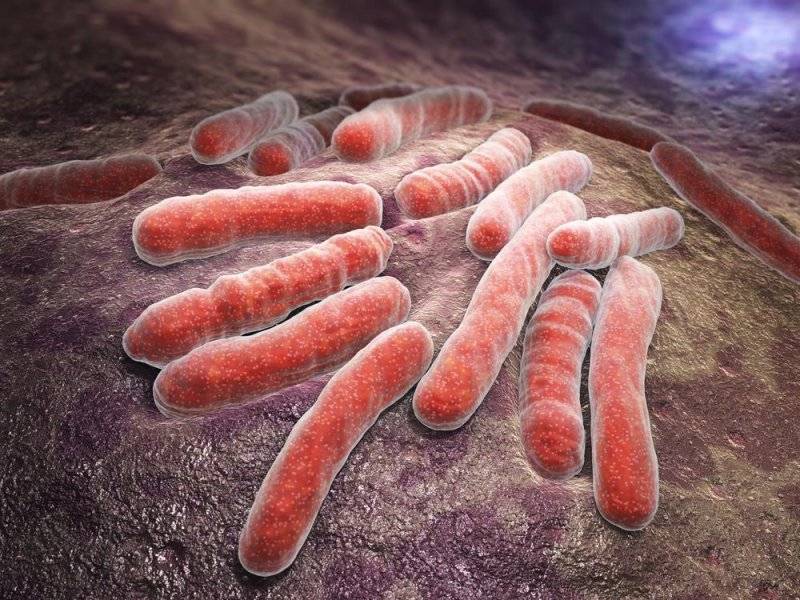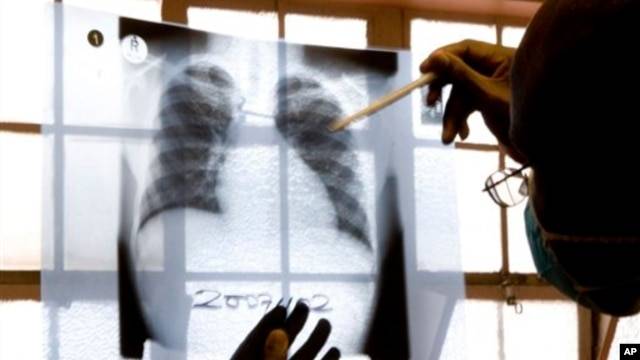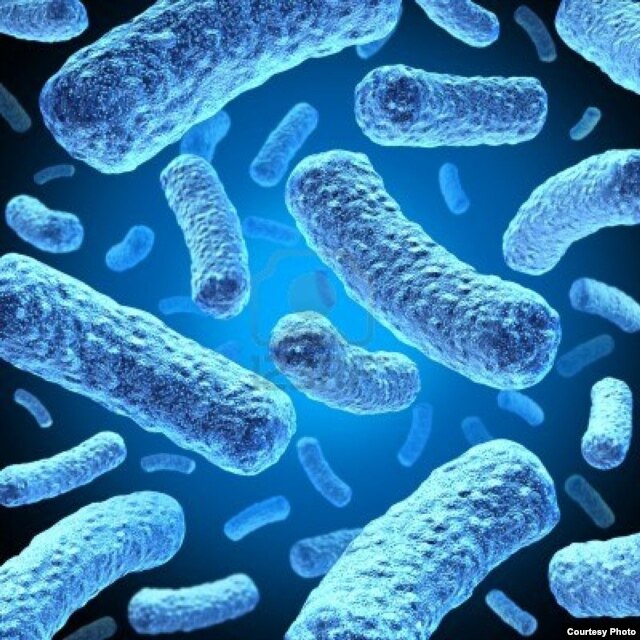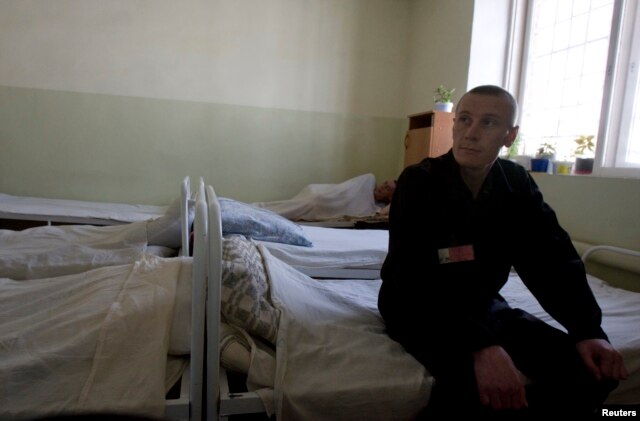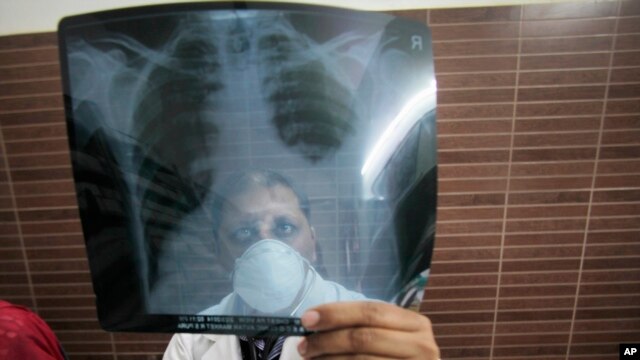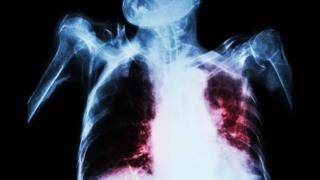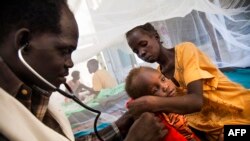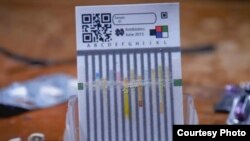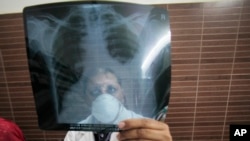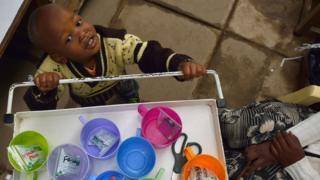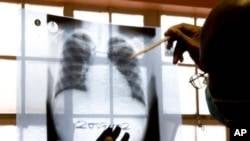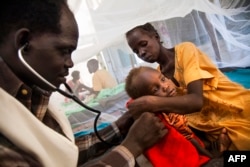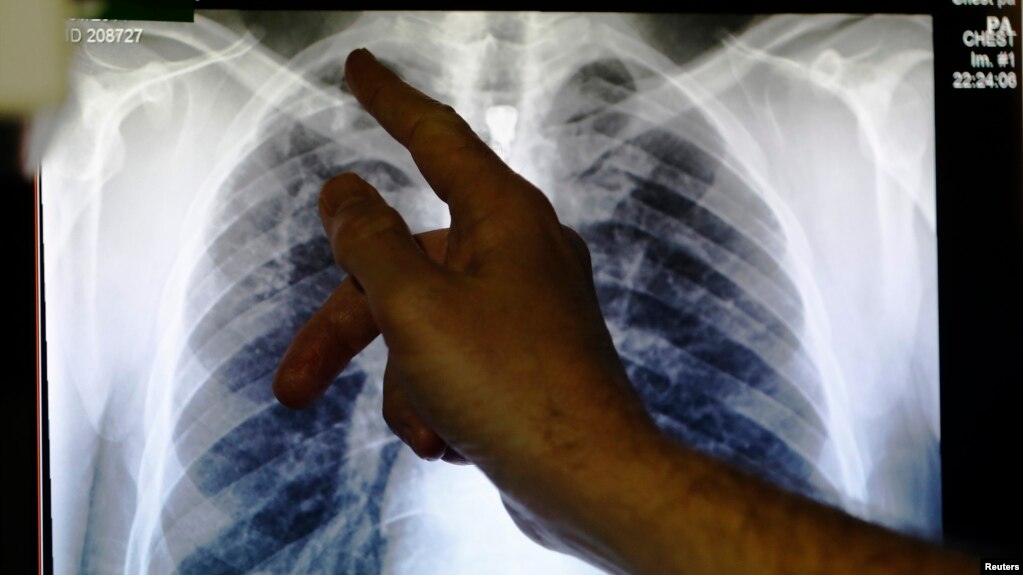waltky
Wise ol' monkey
New TB treatment focuses on children...
New Tuberculosis Treatment Aimed at Children
December 02, 2015 — Researchers at the annual Union World Conference on Lung Health on Wednesday announced the debut of a child-friendly tuberculosis treatment – a move they hope will strike a serious blow in the fight against this often-deadly disease. It sickens at least 1 million children a year, according to the World Health Organization.
New Tuberculosis Treatment Aimed at Children
December 02, 2015 — Researchers at the annual Union World Conference on Lung Health on Wednesday announced the debut of a child-friendly tuberculosis treatment – a move they hope will strike a serious blow in the fight against this often-deadly disease. It sickens at least 1 million children a year, according to the World Health Organization.
Dr. Mel Spigelman, president and CEO of the TB Alliance, an international nonprofit organization, told VOA the treatment is a major advance. "For the first time, we have appropriate treatment for the million children who have tuberculosis, with a formulation of drug that is easy for kids to take, that tastes good and that will hopefully make the disease much easier to treat," Spigelman said at the conference in Cape Town. Until now, children have been given cut-up adult pills, which they often reject because of the bad taste, the doctor said. The new medicine is dissolvable in water and comes in flavors like strawberry and raspberry – in precise doses.
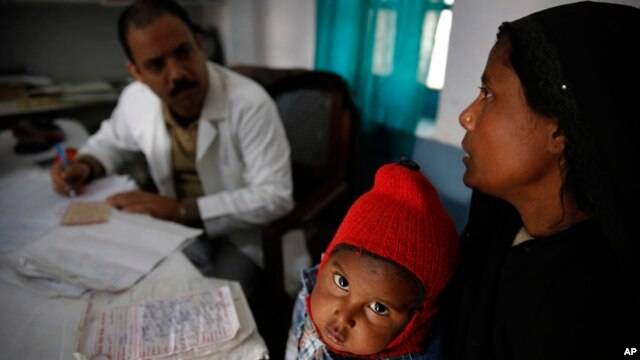
Anwar, 4, gets treated for tuberculosis at the Kashi Vidyapith block hospital near Varanasi, India, Feb. 1, 2014. The country has the world’s highest incidence of TB. Researchers have unveiled an affordable, child-friendly medicine to combat the disease.
The treatment was developed with the help of international aid groups including the World Health Organization and the U.S. Agency for International Development. Spigelman said that’s because major pharmaceutical companies have little financial incentive to develop medicine for TB, which is largely a disease of the poor. "TB is a disease that is intimately linked with socioeconomic status," he said. "It’s intimately linked with poverty, with crowding, with poor nutrition." The airborne respiratory illness remains one of the world’s biggest killers, despite the fact that nearly all cases can be cured, the WHO says. It reported 1.5 million TB deaths in 2014; of those, 140,000 were child victims.
Evidence of failures
Speigelman noted that TB also lacks high-profile champions. To illustrate his point, Speigelman referred to perhaps the most famous TB patient, Fantine, the fictional peasant-turned-prostitute in French author Victor Hugo’s 19th century novel, “Les Miserables.” But Dr. Lucica Ditiu, executive director of the Stop TB Partnership in Geneva, said TB is a very modern threat. She said the disease is on the rise, with the emergence of multiple drug-resistant strains.
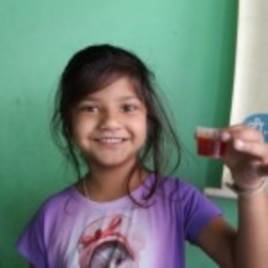
Researchers are lauding a new tuberculosis treatment aimed at children. The medicine is affordable, flavorful and easy to swallow.
"TB is coming back. And TB's coming up is a sign of global failure, because TB is a sign of poverty, and misery and lack of nutrition and lack of basic things and people living in bad conditions and being so desperate or unwell that health remains as the last of their priorities," she said. She urged international donors and leaders to do more and invest more to fight the disease.
New Tuberculosis Treatment Aimed at Children
